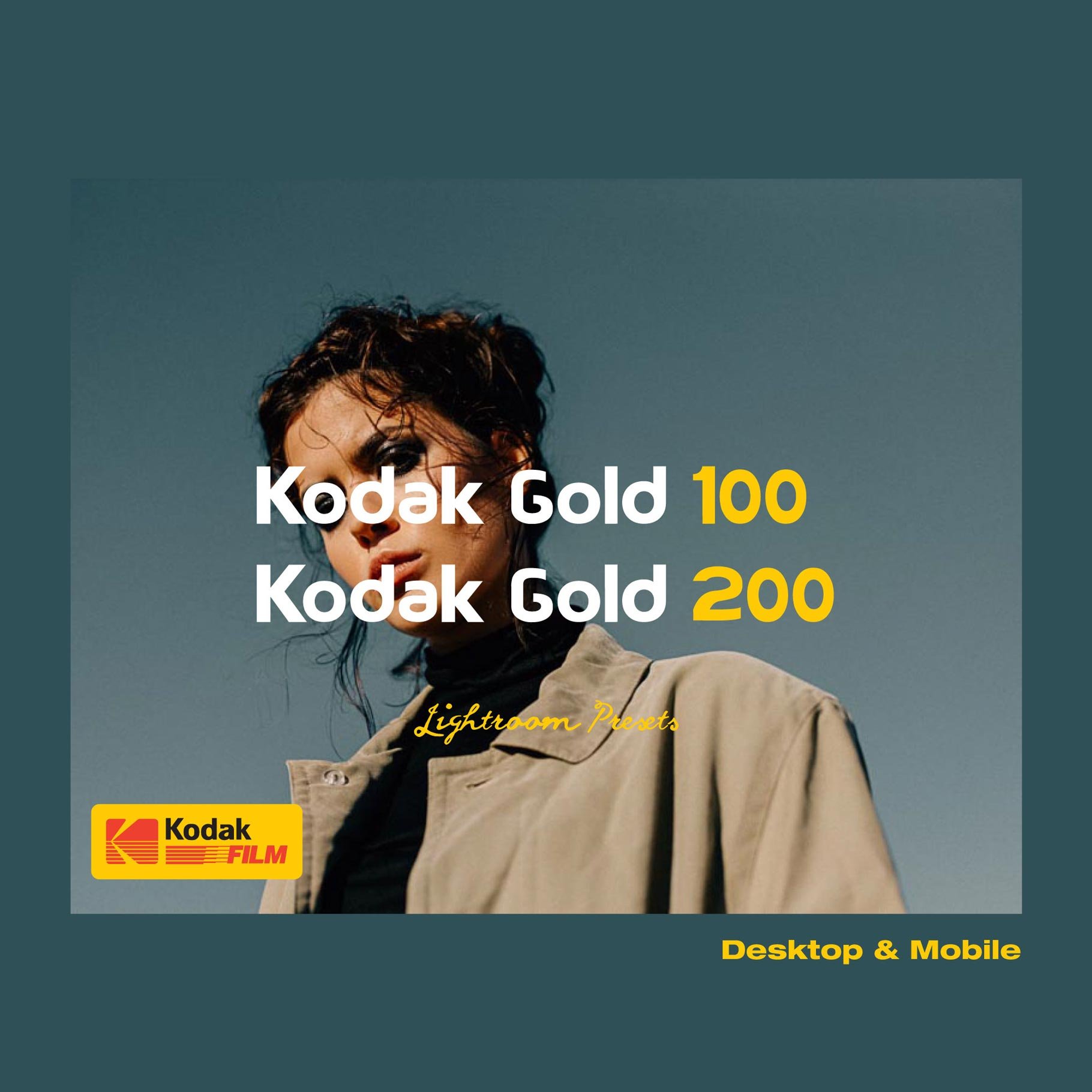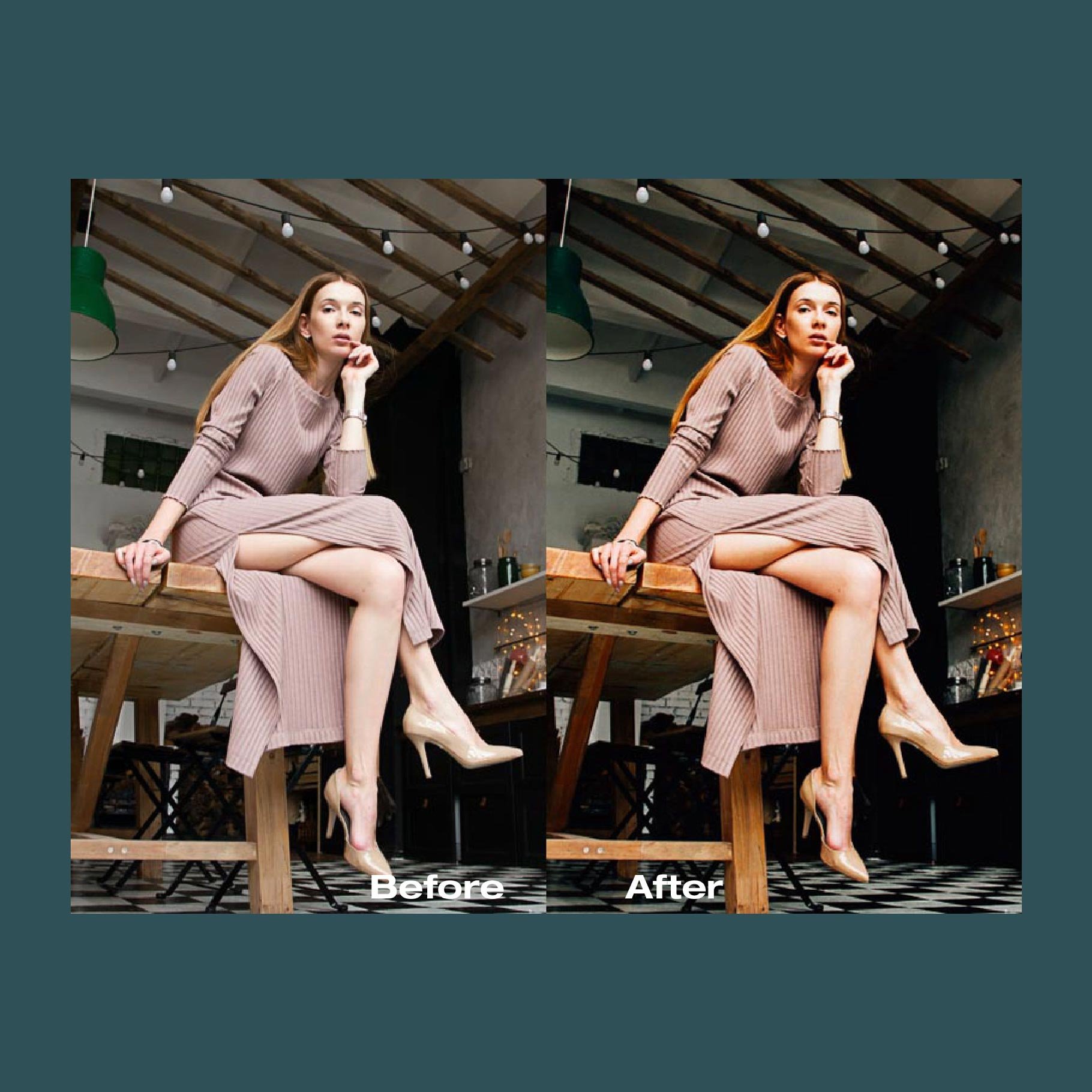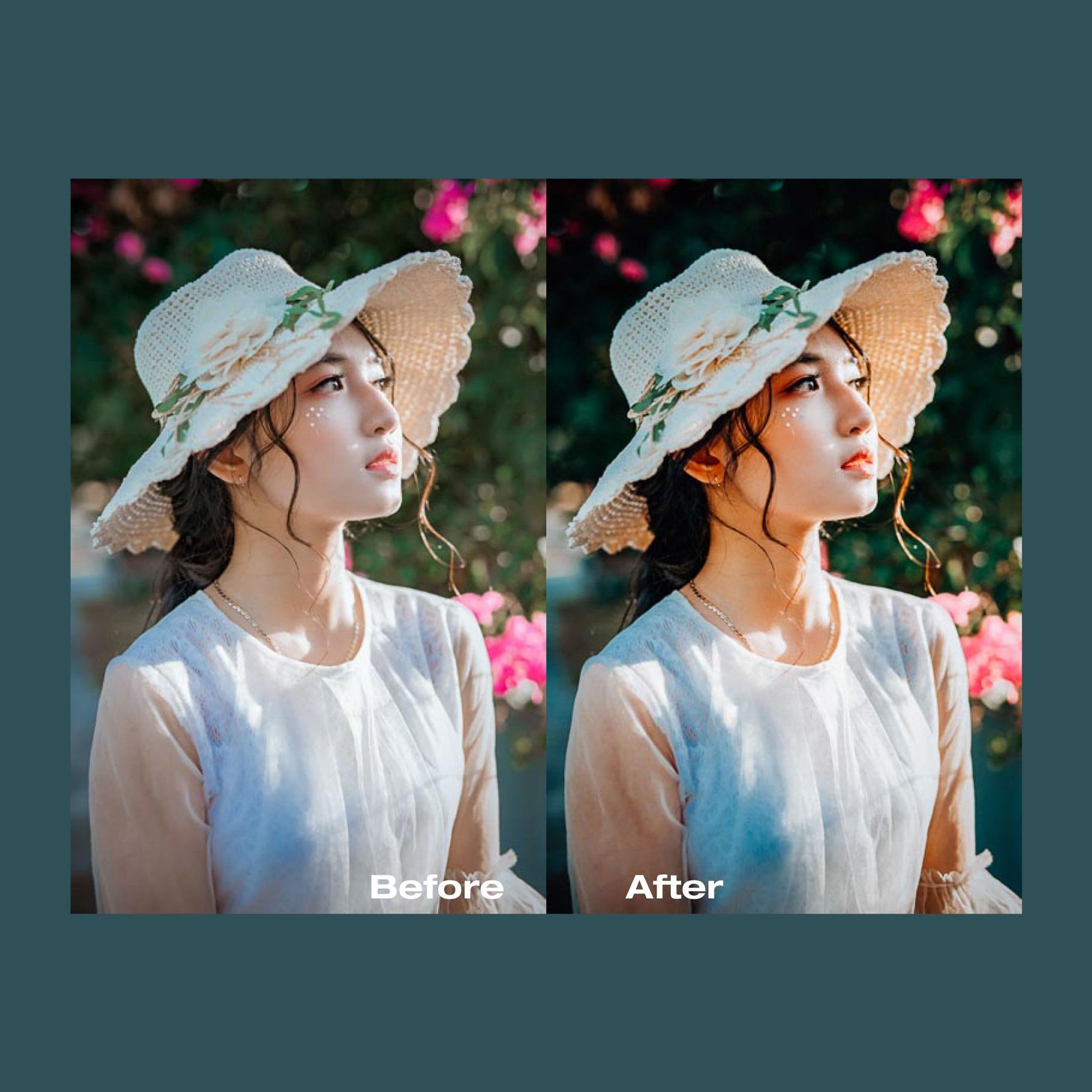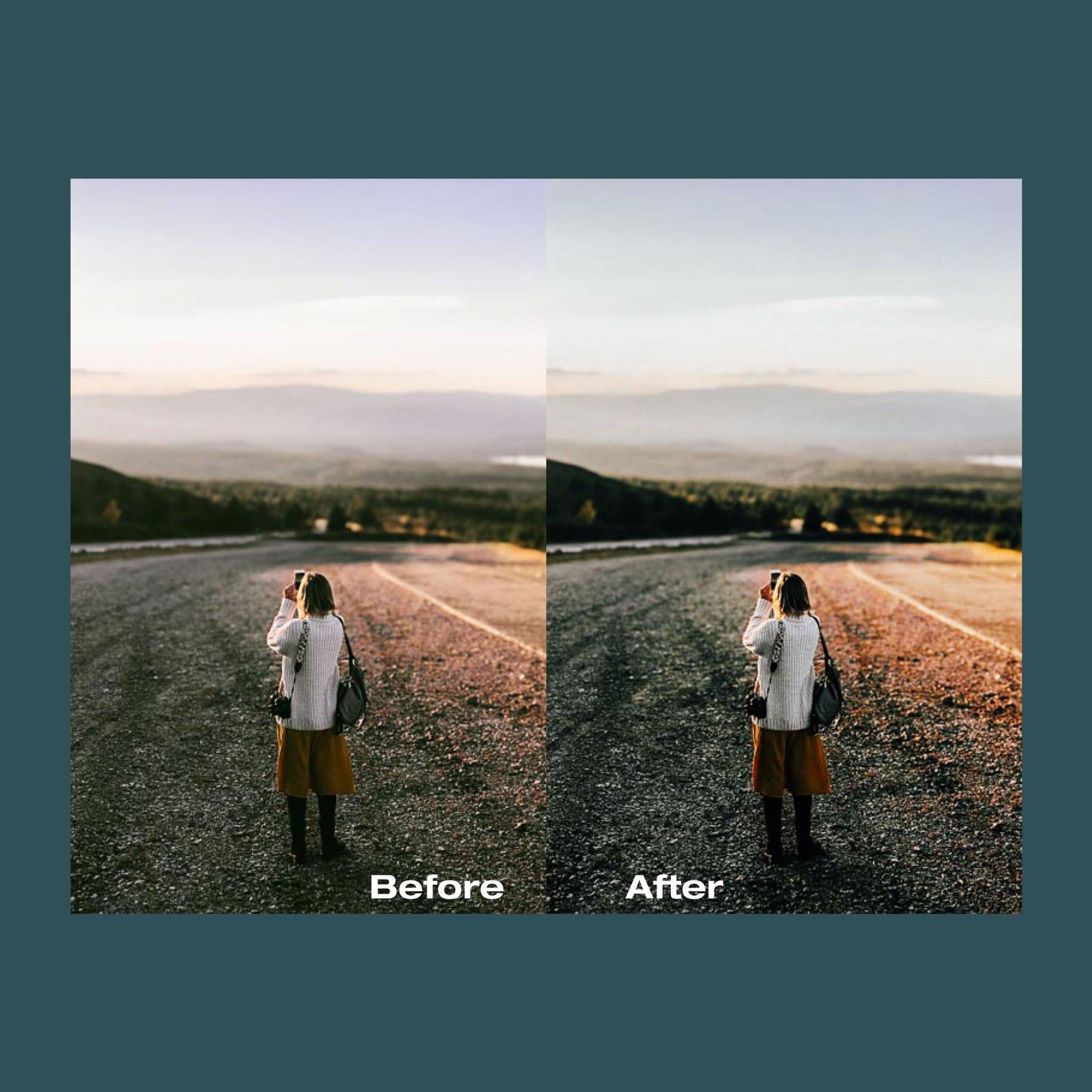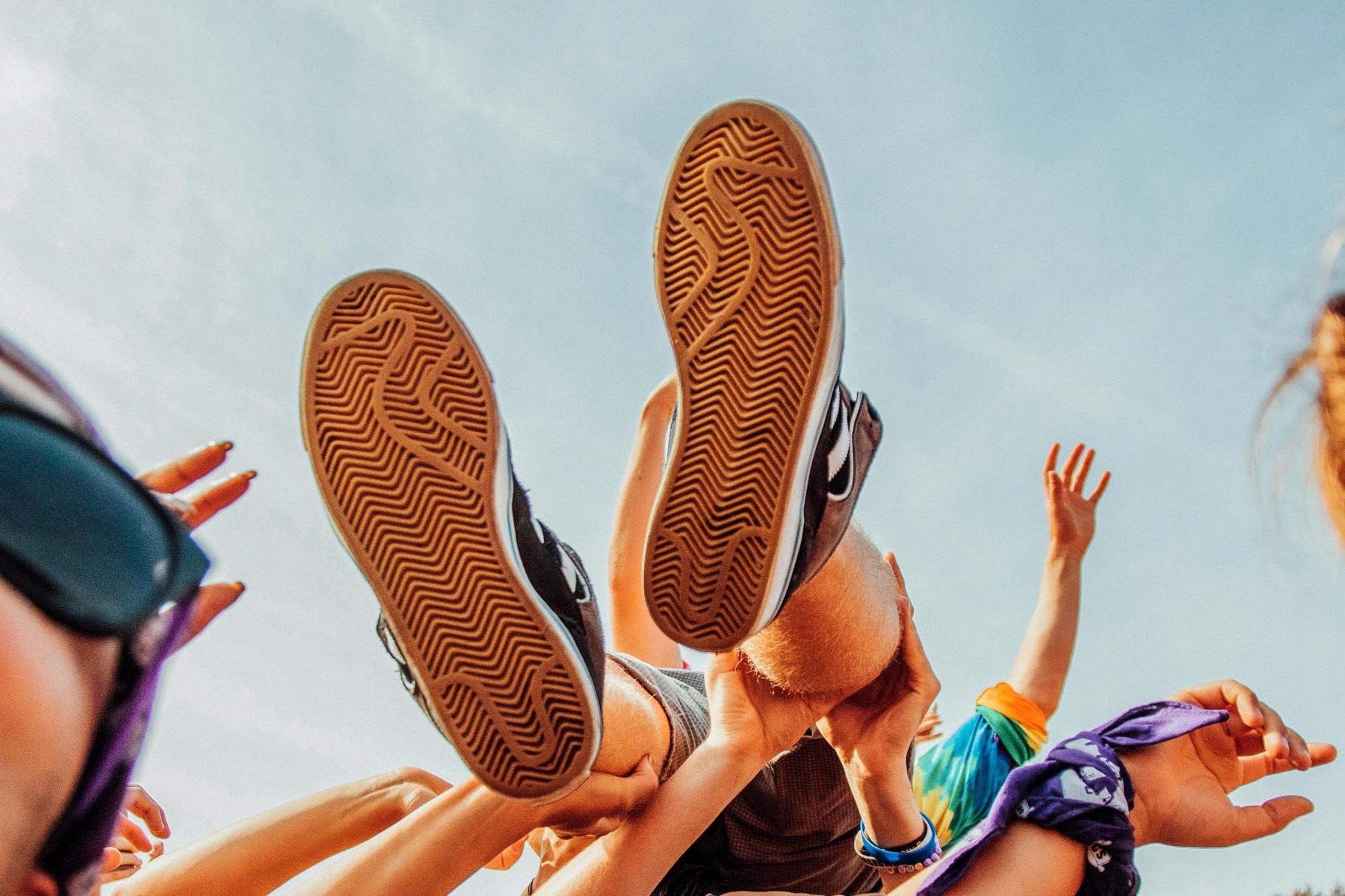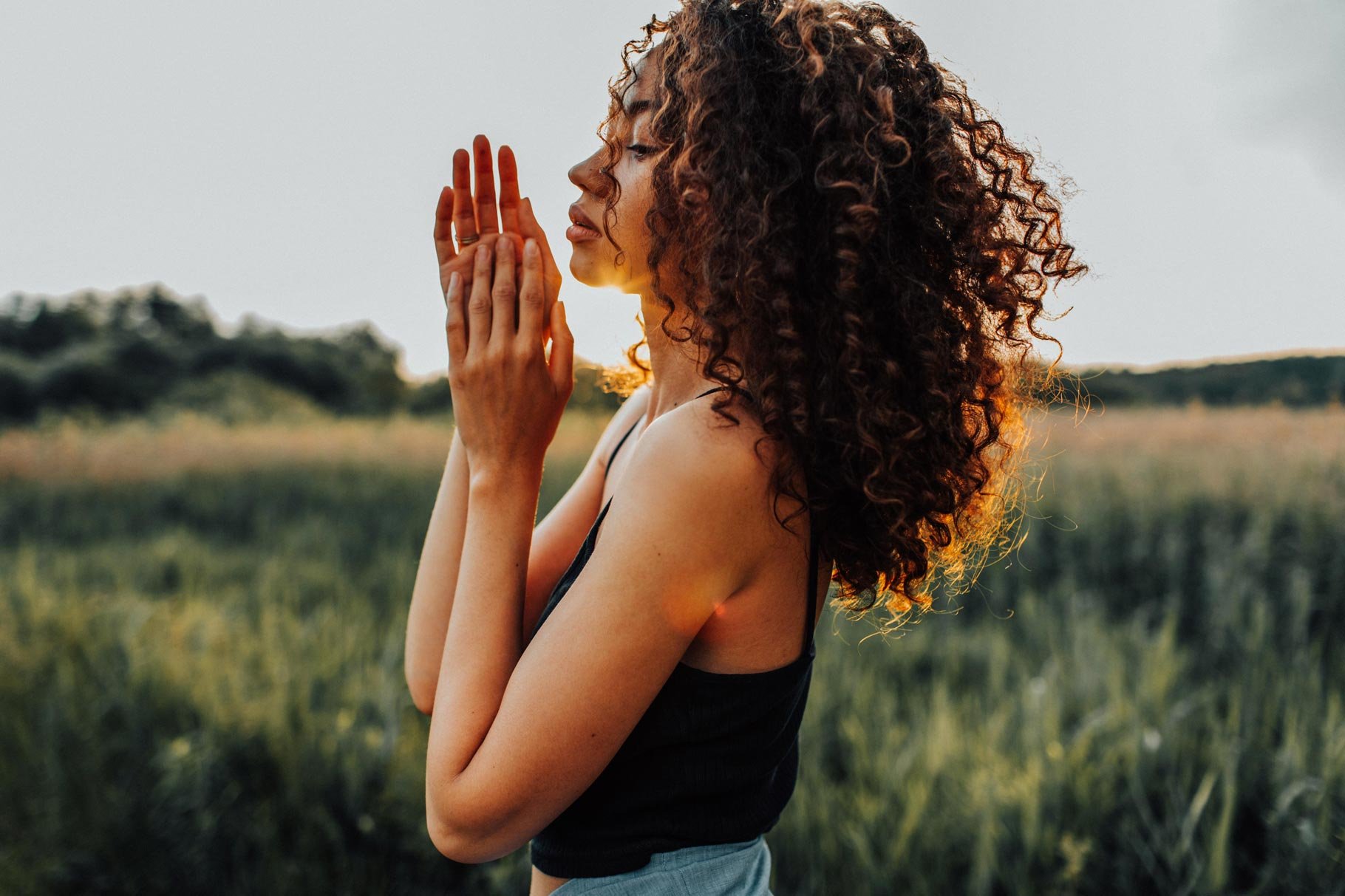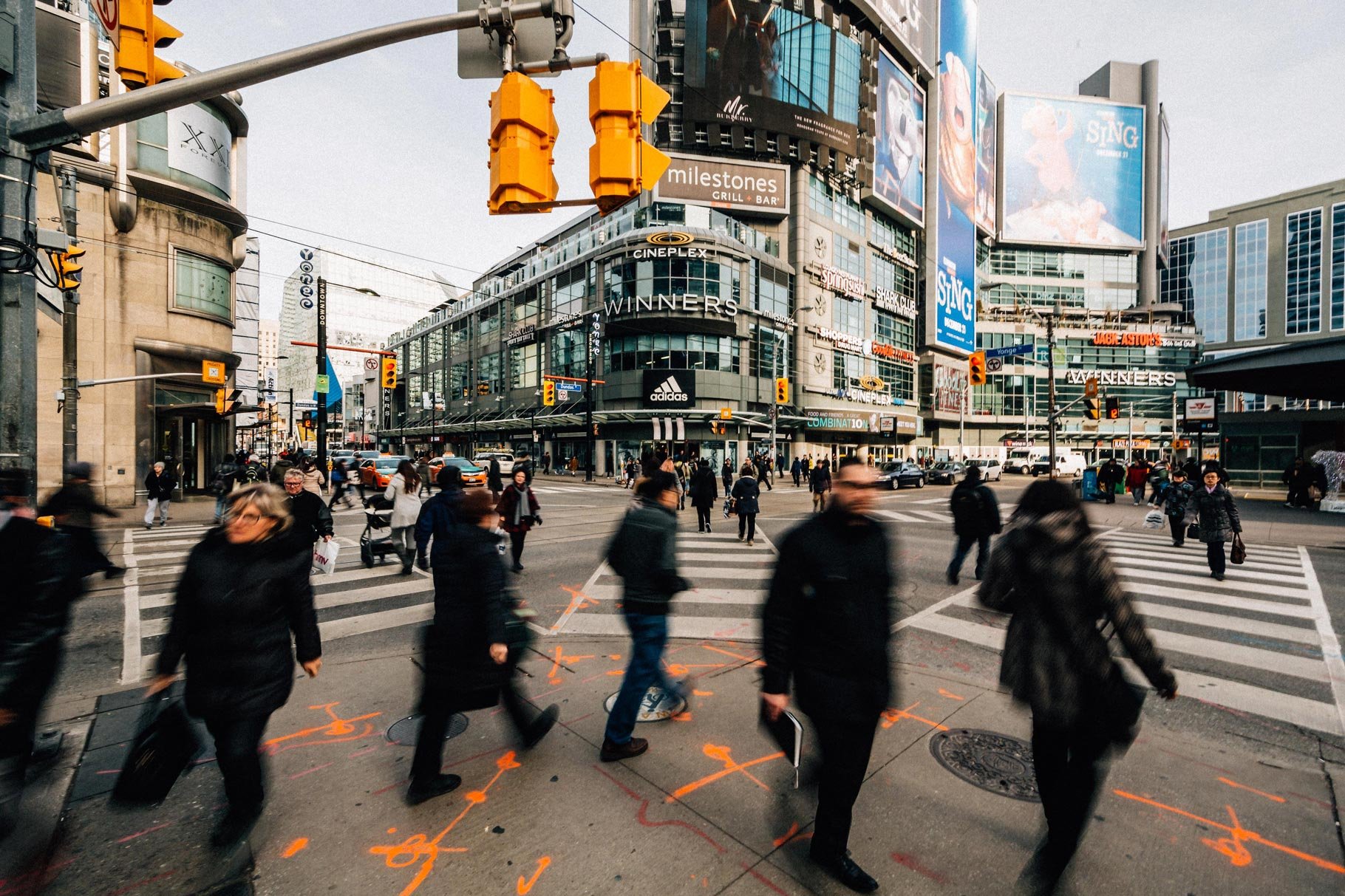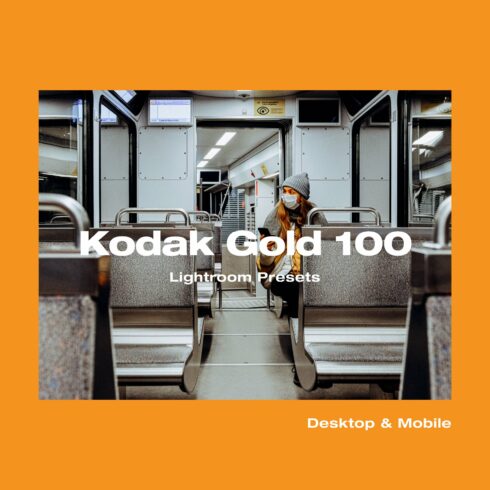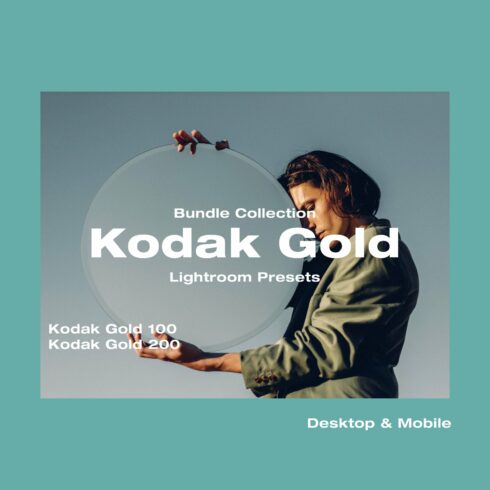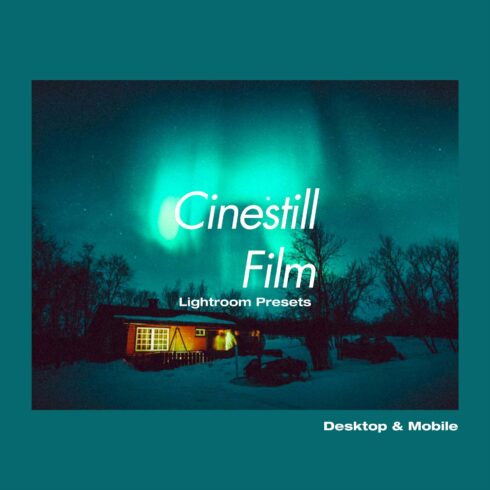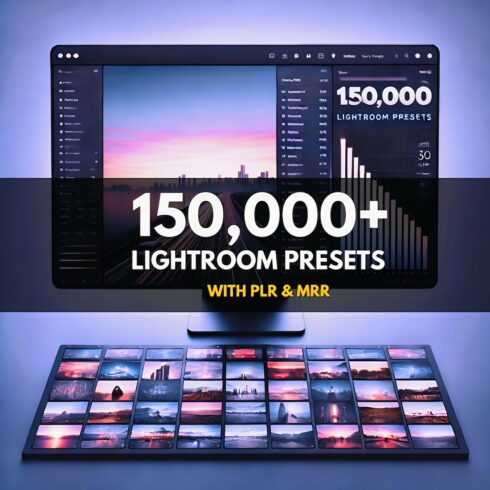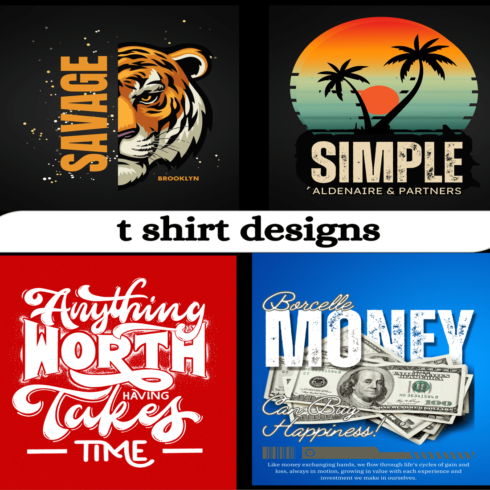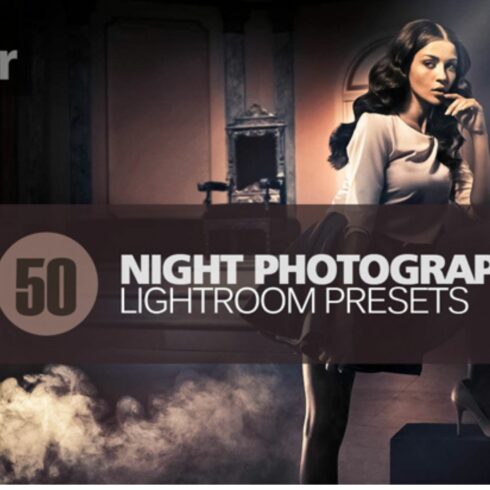
Product Specs
| Created by | dailycreativo |
|---|---|
| File type | DNG, Lrtemplate, PDF |
| File size | 6.68MB |
| Date of Creation | February 10 2023 |
| Color | brown gray green orange red |
| Rating | 5 (11) |
| Category |
The Kodacolor process from 1942 was developed by Jelley and Vittum; Kodak claims that Kodacolor – with a film speed of 20 ASA – was the world’s first color negative film for paper images. However, the Agfacolor process was developed by Agfa between 1934 and 1938 and Agfacolor film was the first negative-positive film to be marketed from 1939.
In 1952, Eastman Color , a three-layer process for negative and positive films, was introduced as a new product . This line of products is later referred to as Ektacolor .
In 1977 the first highly sensitive color negative films with ISO 400/27 ° appeared on the market, including the Kodacolor 400 .
1982 is emulsion with the introduction of so-called T-Grain – film grain fundamentally changed and the Kodacolor VR 1000 is presented. He uses a newly developed emulsion technology, which brings a decisive qualitative breakthrough for the sensitivity of the silver halide crystals. T-Grain is a by-product of the development of the films for the Kodak disc camera , which was introduced in the same year and which required very fine film grain due to the particularly small negative surface.
In 1986 the emulsions were revised again when the Kodacolor VR-G 35 (= Kodacolor Gold ; advertising slogan: Kodacolor Gold Film. Das Farbwunder ) was presented. At the same time, Fujifilm launched a comparable emulsion under the name Fujicolor Super HR .
The last development step was the color world film generation presented in the German-speaking area in 2000 , which is said to be particularly tailored to the tastes of German-speaking customers.
The Kodacolor brand name is used by Kodak to date for color negative films, even if the emulsions differ considerably from the original Kodacolor.
WHAT’S INCLUDED?:
2 Film Look Inspiration Lightroom Mobile & Desktop Preset Set;
2 Formats – lrtemplate and DNG;
Easy to follow Installation guide.
Please keep in mind that, even though all presets are meticulously tested on a variety of photos and different settings, the presets might need to be slightly adjusted, based on your camera, lighting conditions, camera mode and settings.

